Ford Ennals on Australian radio turning 100: ‘The best is yet to come’
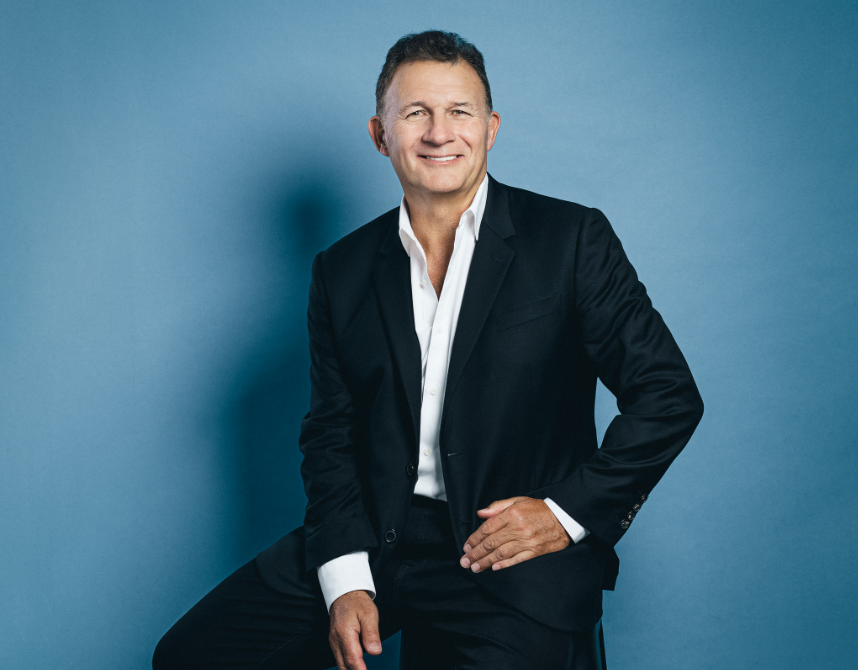
Birthday celebrations (and one heck of a lot of candles) are in order today, as commercial radio in Australia turns 100.
It’s a day to reflect on how far we’ve come as an industry, and consider what lies ahead.
Commercial Radio & Audio (CRA) today pays tribute to all those in the industry, past and present, and the listeners, who together have ensured radio remains an enduring part of the everyday Australian experience.
In a chat with Radio Today and RadioInfo on this momentous occasion, CRA Chief Executive Ford Ennals says whilst the times and technology have changed, radio remains part of our everyday lives.
“Radio is continuously adapting to new technologies. Whether its through smart speakers, apps, DAB stations, social media, podcasts or connected cars, radio is able to go wherever its listeners go.”
“Commercial radio remains a much-loved source of entertainment and information.”
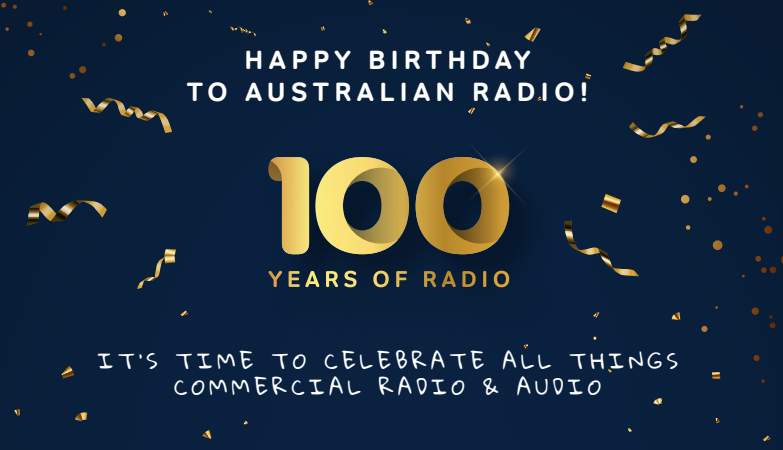
Ennals says over the past 100 years, radio has given Australians a sense of connectivity and connection.
“Radio has always been the most immediate, personal and localised content.”
“Every Australian would have at least a handful of memories linked to radio. Maybe you phoned in to request a song or express an opinion, woke up to hear breaking news of a major news event, or had the tape player poised ready to record in the days before music was digitised.”
“Radio is part of our collective cultural experience.”
He says in addition to that, commercial radio and audio makes an important economic contribution.
“The industry contributed $1 billion to GDP last year and supports 6,600 full-time equivalent jobs.”
Ennals says the talent found in commercial radio sets it apart from other forms of entertainment:
“The commercial radio and audio industry is full of talented people who are passionate about what they do. They are what makes it feel really personal to the listener.”
Commercial radio is much more than just entertainment. It’s also an essential service.
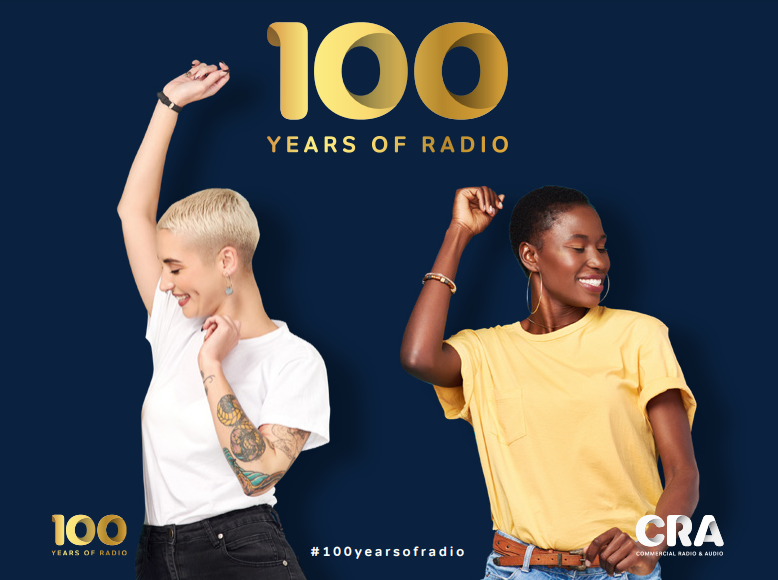
Ennals notes that 220 of the 260 commercial radio stations are outside metropolitan markets, in regional and remote areas.
“These stations are a lifeline for those communities providing local news, information and critical updates during emergencies like storms and bushfires.”
“In many towns, commercial radio is the only local media left.
As to what the decades ahead may bring, Ennals says radio is a fast evolving, flexible industry.
“Radio has adapted to new technologies, like digital radio and streaming, and those audiences continue to grow.”
And he believes the popularity of podcasts will continue to grow.
“Radio content is extremely successful in the podcasting realm.”
“In the four years since we launched the Australian Podcast Ranker, it has grown from 6 to 30 publishers.
Ennals says the Australian radio industry is one of the most successful in the world in terms of levels of listenership, the strength of the on-air talent pool, ad revenue and crossover of radio programs and podcasts.
“The future is bright for commercial radio and the best is yet to come.”
Happy birthday to you, Australian commercial radio.
Australian radio: The timeline
1923: Radio first hits the Australian airwaves on 23 November, from the Sydney studio set up at the national tabloid Smith’s Weekly, partly owned by James Packer’s grandfather Clyde, journalist Claude McKay and ex-Lord Mayor Joynton Smith. Radio’s first station transmission from call sign 2SB featured the St Andrew’s Quartet, complete with soprano, bassist, contralto and cellist.
1924: Listeners across Australia start tuning in, from Victoria’s 3AR to 6WF in WA.
1932: The first ratings, in which 200 housewives were surveyed (Bill McNair carried out six separate surveys between 1932-1936, using telephones, mailed questionnaires and house-to-house calls).
1953: 2KO Newcastle’s Bruce Rogerson becomes the first announcer to cover a major emergency on air from a plane, when he combined his radio skills and private pilot’s licence to describe the devastating floods of Maitland.
1957: Things get mobile with the arrival of the portable transistor radio.
1967: Listeners become part of the story with the advent of talkback radio.
1974: FM radio first hits the airwaves
1980: The first commercial FM stations are launched: EON FM and Fox FM in Melbourne, Triple M and 2Day FM in Sydney, FM104 in Brisbane, SAFM in Adelaide and 96FM in Perth.
2009: Digital radio launches in Australia, sitting alongside AM and FM as an alternative.
2010+: Podcasting arrives on the scene.

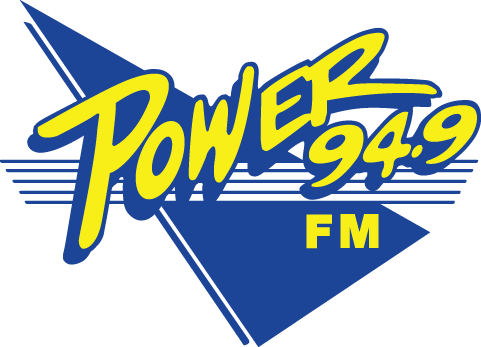
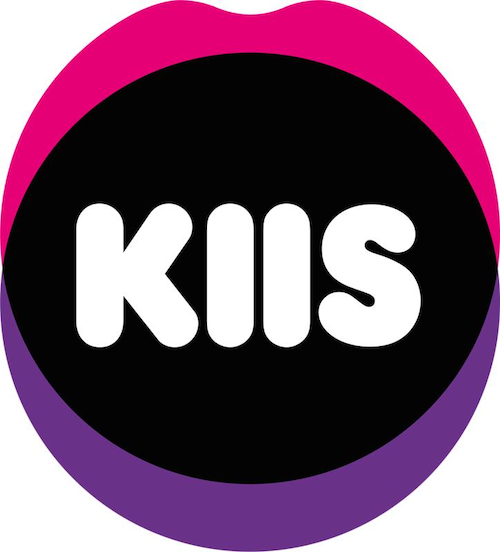
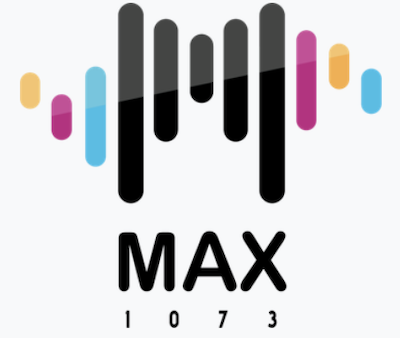
“Radio has always been the most immediate, personal and localised content. God remember those days. Next they’ll syndicate breakfast.
Resonate Regional Radio has some of the oldest existing signals in Queensland. Most began in the 1930’s and still carry the original names. Heritage and localism is key to our culture. On behalf of our amazing staff and commitment to the tireless effort from those current and those that have gone before, I salute you and thank you. You are not forgotten in the celebration of this incredible milestone.